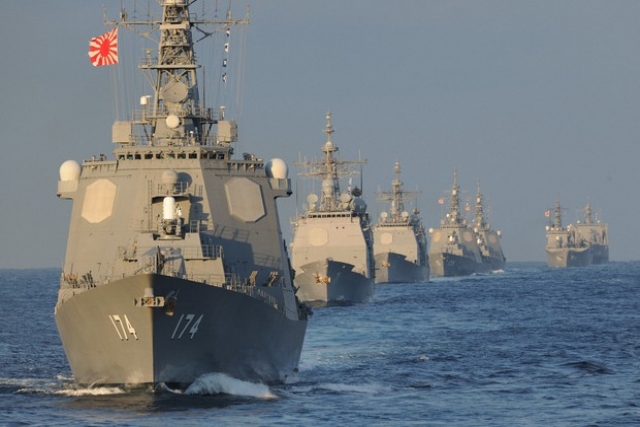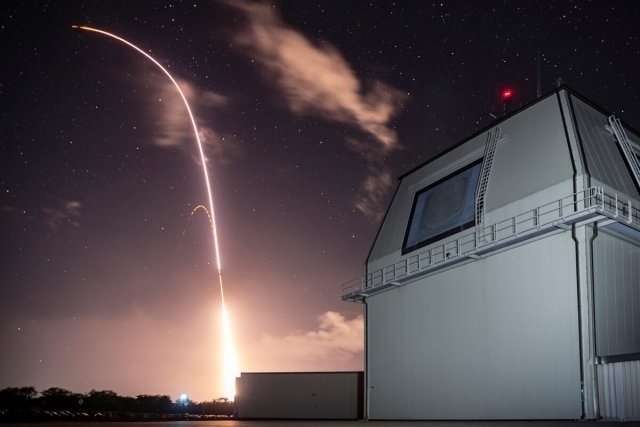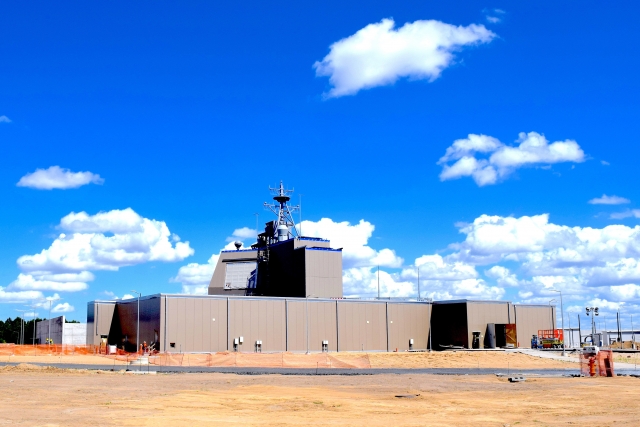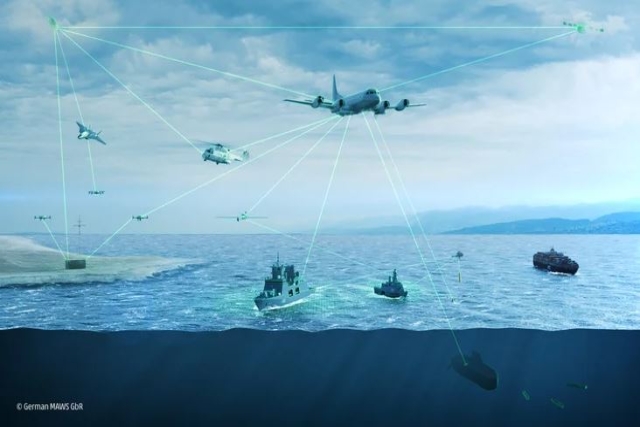Japan's Two Aegis Ships to Cost Twice that of Scrapped Land-based Missile Interceptors
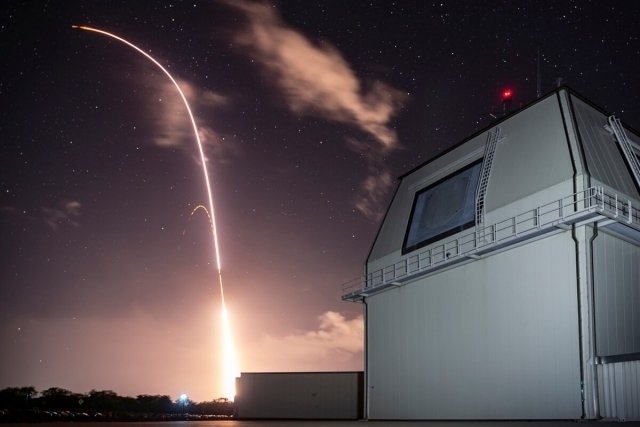
The cost of two new Aegis-equipped destroyers that Japan wants to buy is expected to reach 900 billion yen ($8.3 billion), or twice that of its now-scrapped plan to acquire land-based defense system from the U.S.
Prime Minister Yoshihide Suga's Cabinet approved in December the construction of the new Aegis ships to address the North Korean missile threat.
The estimated total for the two vessels and their missile intercept systems, includes repair costs, fuel and other maintenance fees for three decades, government sources were quoted as saying by Mainichi on Friday.
The Defense Ministry has so far only made public its estimate for the basic cost for the two ships, saying it could exceed 500 billion yen. The ministry plans to install on the new vessels equipment that it has already contracted for the land-based Aegis plan, including radar and missile launchers.
The earlier plan to buy the land-based Aegis Ashore ballistic missile defense system was scrapped in June last year due to technical problems, swelling costs and public opposition. Total costs including maintenance fees for 30 years following the land-based system's introduction were projected to eclipse 400 billion yen.
Background
Before adopting the Aegis Ashore plan, the government considered whether to introduce the Terminal High Altitude Area Defense (THAAD) mobile ground-based missile defense system. The THAAD also posed the same problem while having another one- Japan would need at least six units to cover the entire country, while Aegis Ashore required just two units.
In 2017, Japan decided to deploy two batteries to the Ground Self-Defense Force (GSDF) training areas. Two years later, it chose Akita’s Araya district and Yamaguchi’s Mutsumi for the deployment which was to take place by 2025.
Locals soon began resisting the government’s plans citing health effects of electromagnetic waves emitted by the Aegis Ashore’s radar, as well as the possibility that they could become a target in an armed conflict.
In addition, a geographical survey used by the Japan MoD as the basis for picking the sites was found to contain numerical errors. State-owned plots across Akita, Aomori and Yamagata prefectures were being considered for the deployment of the systems.

